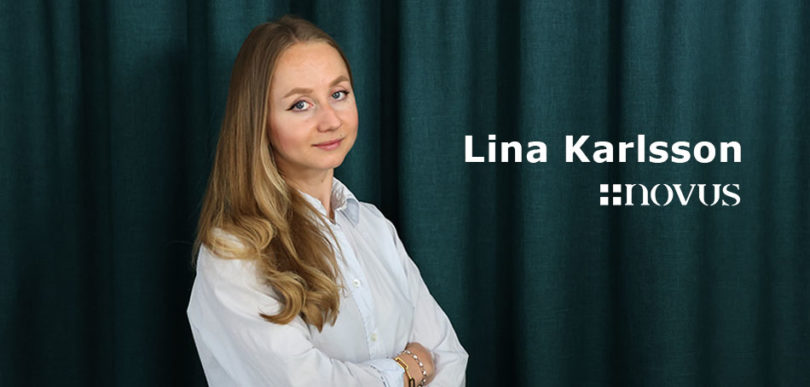
Cost-effectiveness and reliability: work smarter!
What does it actually mean to do a cost-effective market research? Today’s access to free tools and platforms means great opportunities for those who want to work smart, but also hides some pitfalls. Novus advisor Lina Karlsson reflects on the importance of being attentive during the entire investigation process to ensure that the final product is both affordable and reliable.
Not all clients have huge budgets to spend on surveys, especially in today’s economic climate. We who work in the industry also know that the expectations of us research companies are constantly changing in terms of how fast things should go and what they may cost. Here there are efficiencies to be gained in certain areas and processes, not least in view of the progress of technological development. And we who want to remain relevant to our customers can and should learn from each other. When perusing forum posts, comments and advice from active voices in the industry worldwide on the subject, some suggestions are about using free or “almost free” data sources and tools to keep the final price down. Among really good and useful ideas, there are also tips on using social media to do polls and the like. Using free and open survey tools is another one.
Here, as an industry, we would do well to slow down a bit, and make a distinction between what is cost-effective market research and what is market research where quality and reliability are emphasized. Some parts of a market research project will inevitably cost money if you don’t want to compromise on these aspects. Even a really “cheap” survey won’t be useful or worthwhile if the results can’t be trusted.
What role can and should free and “almost free” tools play, really?
Of course, free or low-cost tools that are not directly related to data collection can be a great asset in the research process if used appropriately. To name a few: free data sources such as Google Trends can supplement primary data, enrich your analysis and give customers more bang for the buck. There are also great, free visualization or spreadsheet tools that can improve the quality of your delivery and improve the customer experience. Using free or low-cost tools like the examples above frees up space to concentrate project costs on other non-negotiable elements such as high-quality, random panel data that enable reliable population estimates, validated collection methods, and reliable processing tools.
That being said, of course, it’s never completely black or white. There are situations where collection or recruitment on social media is a complement to other primary data. It always depends on the purpose of the survey. For example, it may be appropriate when you want to collect votes from groups that are otherwise unreachable. Then it can contribute to a better investigation. as long as you are aware of and are transparent with what you are doing. However, it is different from turning to such sources for reasons of savings.
There are no free lunches. However, there are cost-effective and good market surveys!
As we noted above, there is a difference between cost-effective and “cost-effective”. This is important to be aware of, both as a supplier of market research and as a client. Working smart with your costs is central to both staying competitive and maximizing the benefits for customers. But it must be done without compromising reliability. Otherwise, the research industry risks making itself obsolete in the long run. Cutting costs should help – not topple. We can all benefit from keeping that in mind.




